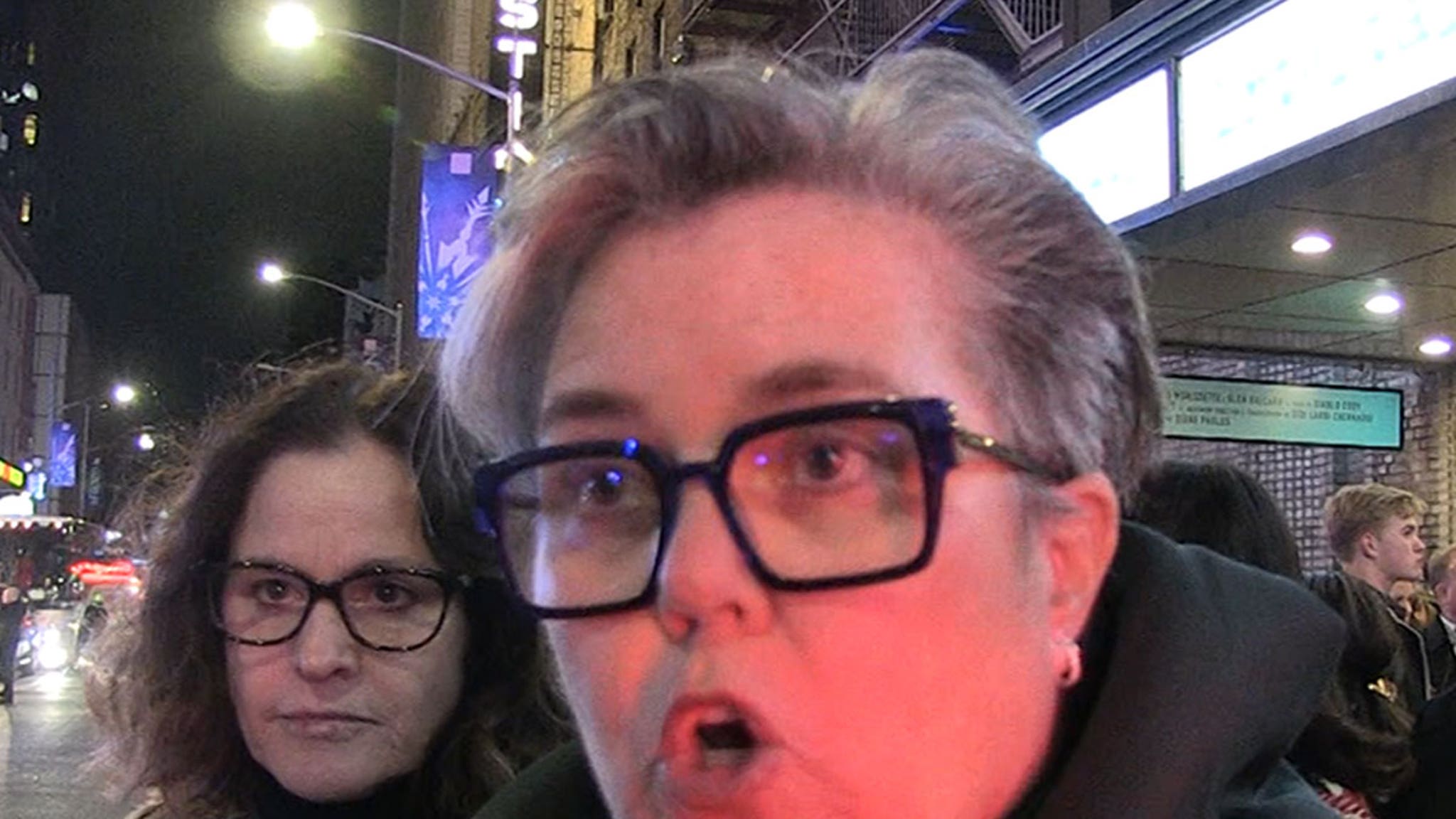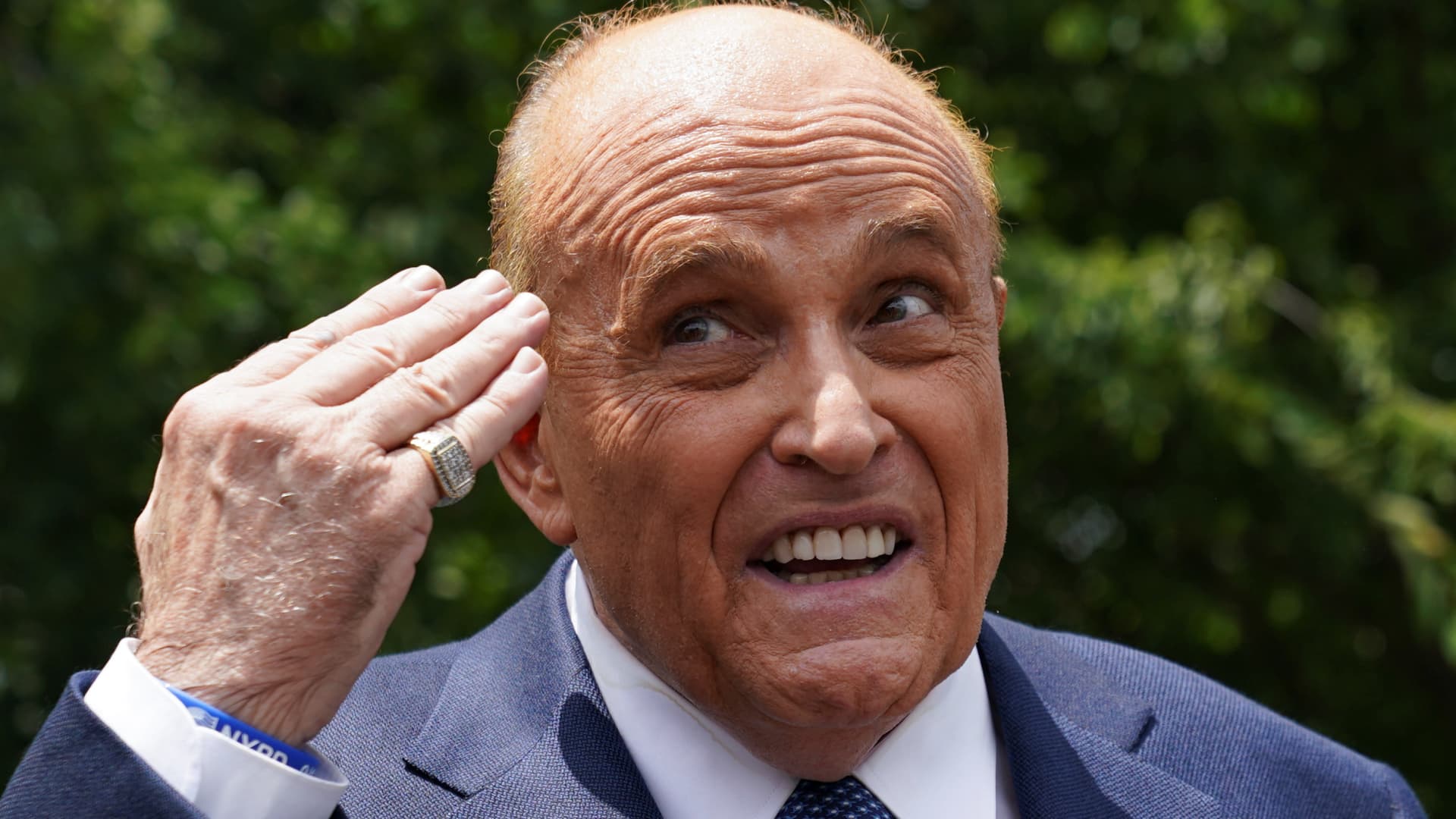While some argue that being the child of a public figure inherently invites attention, others believe that Barron deserves the same level of privacy afforded to any other child. The controversy has not only highlighted the challenges faced by children of politicians but also underscored the need for a more thoughtful approach to reporting on minors in the public eye.
At the heart of the Barron Trump controversy are several key incidents that have fueled public discourse. From viral memes to misinterpretations of his behavior in public settings, each event has added layers to the ongoing conversation. Critics of the media's handling of Barron's image argue that it perpetuates a culture of sensationalism, while supporters of open reporting contend that transparency is essential for accountability. Regardless of where one stands, it is undeniable that the Barron Trump controversy has become a lens through which broader societal issues are examined, including the balance between freedom of speech and the right to privacy.
As we delve deeper into this topic, it is crucial to approach the Barron Trump controversy with sensitivity and a commitment to understanding the nuances involved. By exploring the various dimensions of this issue, we can gain insights into how public figures, especially minors, are portrayed in the media and the long-term implications of such portrayals. This article aims to provide a comprehensive analysis of the Barron Trump controversy, shedding light on its origins, its impact, and the lessons it offers for navigating similar situations in the future.
Read also:Breaking Updates And Stories About American Girl News
Table of Contents
- Barron Trump: A Brief Biography
- Personal Details and Bio Data
- What Are the Origins of the Barron Trump Controversy?
- How Has the Media Shaped the Barron Trump Controversy?
- Why Does the Public React So Strongly to the Barron Trump Controversy?
- Ethical Considerations in Covering Minors: Lessons from the Barron Trump Controversy
- What Impact Has the Controversy Had on Barron Trump's Life?
- Future Implications of the Barron Trump Controversy on Media and Society
Barron Trump: A Brief Biography
Barron William Trump, born on March 20, 2006, is the youngest child of former U.S. President Donald Trump and his second wife, Melania Trump. As the only child from his parents' marriage, Barron has often been described as reserved and private, traits that stand in stark contrast to the larger-than-life personalities of his family members. Growing up in the Trump household, Barron has been exposed to the glitz and glamour of wealth, politics, and celebrity culture from a young age. Despite his family's prominence, Barron has managed to maintain a relatively low profile, attending private schools and avoiding the public appearances that have become a hallmark of his siblings' lives.
Throughout his childhood, Barron has been a subject of curiosity for the media and the public alike. His quiet demeanor and occasional appearances alongside his parents during significant events, such as presidential inaugurations, have fueled speculation about his personality and future aspirations. While much of his early life remains shielded from public view, Barron's journey from a young boy in New York to the son of a U.S. president provides a unique lens through which to examine the challenges and privileges of growing up in one of the world's most famous families.
Personal Details and Bio Data
| Full Name | Barron William Trump |
|---|---|
| Date of Birth | March 20, 2006 |
| Place of Birth | New York City, New York, USA |
| Parents | Donald Trump (Father), Melania Trump (Mother) |
| Siblings | Donald Trump Jr., Ivanka Trump, Eric Trump, Tiffany Trump |
| Education | Private schools in New York and Washington, D.C. |
| Notable Appearances | Presidential inaugurations, White House events |
What Are the Origins of the Barron Trump Controversy?
The Barron Trump controversy began to take shape during his father's presidential campaign in 2016. As the youngest child of a presidential candidate, Barron was thrust into the national spotlight, often appearing alongside his parents at campaign rallies and public events. While his presence was initially met with curiosity and admiration, it quickly became a focal point for media scrutiny. One of the earliest incidents that sparked controversy was a viral meme mocking Barron's height and appearance during a televised event. This meme, which spread rapidly across social media platforms, highlighted the fine line between humor and disrespect when it comes to minors in the public eye.
Another significant moment in the Barron Trump controversy occurred during the transition period between the 2016 election and the 2017 inauguration. A photograph of Barron standing beside his father during a meeting with Japanese Prime Minister Shinzo Abe went viral, with some critics labeling the young boy as "awkward" or "disinterested." These interpretations, often exaggerated or taken out of context, contributed to a narrative that painted Barron as aloof or unengaged, despite his age and the natural shyness many children exhibit in formal settings. The incident underscored the challenges of being a child in the public eye, where even the most mundane behaviors are dissected and debated.
Key Incidents Fueling the Controversy
Several other incidents have played a role in shaping the Barron Trump controversy over the years. These include:
- A 2017 Saturday Night Live skit featuring a child actor portraying Barron, which drew criticism for mocking a minor.
- Misinterpretations of Barron's body language during White House events, which were often amplified by media outlets.
- Online discussions and debates about Barron's fashion choices, hobbies, and schooling, which further fueled public interest.
Each of these incidents has added layers to the controversy, raising questions about the ethical boundaries of reporting on minors and the societal implications of treating children as public figures.
Read also:Tragic Events At Sea Cruise Ship Dies And Their Lasting Impact
How Has the Media Shaped the Barron Trump Controversy?
The media has played a pivotal role in shaping the narrative around the Barron Trump controversy, often amplifying both positive and negative portrayals of the young boy. From mainstream news outlets to social media influencers, the coverage of Barron has ranged from celebratory to critical, depending on the platform and the audience being targeted. One of the most significant ways in which the media has influenced the Barron Trump controversy is through the use of viral content. Memes, GIFs, and short video clips capturing Barron's appearances have been shared millions of times, often without context or consideration for their impact on a minor. This phenomenon highlights the power of digital media to shape public perception and underscores the need for responsible reporting.
Television shows and late-night talk shows have also contributed to the Barron Trump controversy, with some programs using humor to comment on Barron's life and behavior. For instance, a 2017 episode of Saturday Night Live featured a skit that portrayed Barron in a comedic light, drawing both praise and criticism from viewers. While some argued that the skit was harmless entertainment, others believed it crossed a line by mocking a child who had no control over his public visibility. Such instances demonstrate the dual-edged nature of media coverage, where humor and satire can blur into insensitivity when directed at minors.
Positive vs. Negative Portrayals
Despite the controversies, there have been instances where the media has portrayed Barron Trump in a positive light. Articles and segments highlighting his academic achievements, hobbies, and family life have sought to humanize him and provide a more balanced perspective. These portrayals often emphasize Barron's normalcy and the challenges he faces as a child growing up in an extraordinary environment. By focusing on these aspects, some media outlets have attempted to counteract the negative narratives that dominate discussions about the Barron Trump controversy.
Impact of Social Media
Social media platforms have further amplified the Barron Trump controversy, serving as both a catalyst and a battleground for public opinion. Hashtags, viral posts, and online debates have kept Barron's name in the spotlight, often overshadowing the broader issues at play. The immediacy and accessibility of social media have allowed individuals to share their thoughts and opinions on Barron's life, sometimes without fully understanding the implications of their words. This dynamic has created a feedback loop where media coverage and public reactions continuously influence each other, perpetuating the controversy.
Why Does the Public React So Strongly to the Barron Trump Controversy?
The public's strong reaction to the Barron Trump controversy can be attributed to a combination of factors, including the fascination with celebrity culture, the polarizing nature of his father's presidency, and the innate human curiosity about the lives of others. As the child of one of the most recognizable figures in modern history, Barron Trump occupies a unique position in the public consciousness. His visibility, coupled with the limited information available about his personal life, creates a vacuum that the public is eager to fill with speculation, assumptions, and interpretations. This phenomenon is not unique to Barron; children of public figures often become symbols of broader societal debates, serving as proxies for discussions about wealth, privilege, and the responsibilities of fame.
Another reason for the public's intense interest in the Barron Trump controversy lies in the polarizing legacy of his father's presidency. Donald Trump's tenure as the 45th President of the United States was marked by divisive policies, controversial statements, and a highly charged political environment. As a result, Barron's presence in the public eye is often viewed through the lens of his father's actions and decisions. Supporters of the Trump administration may feel compelled to defend Barron against criticism, while opponents may see him as an extension of the policies and ideologies they oppose. This dichotomy has fueled heated debates and emotional responses, making the Barron Trump controversy a microcosm of the larger societal divisions that emerged during his father's presidency.
Psychological Factors Behind Public Fascination
From a psychological perspective, the public's reaction to the Barron Trump controversy can also be explained by the human tendency to project emotions and narratives onto others. Barron's reserved demeanor and limited public appearances have led to widespread speculation about his personality, preferences, and future aspirations. This tendency to "fill in the blanks" is amplified by the media's portrayal of Barron, which often highlights moments of perceived awkwardness or curiosity. For many, Barron represents a blank canvas onto which they can project their own hopes, fears, and biases, creating a feedback loop of public fascination and media coverage.
Generational and Cultural Shifts
Finally, the Barron Trump controversy reflects broader generational and cultural shifts in how society views privacy and public figures. In an era dominated by social media and 24/7 news cycles, the line between public and private life has become increasingly blurred. Younger generations, in particular, are growing up in a world where sharing personal details online is the norm, making the concept of privacy seem almost antiquated. This cultural shift has influenced how the public perceives Barron Trump, with some arguing that his visibility is simply a byproduct of modern life, while others believe that children, regardless of their family background, deserve protection from the relentless scrutiny of the media and the public.
Ethical Considerations in Covering Minors: Lessons from the Barron Trump Controversy
The Barron Trump controversy has sparked important discussions about the ethical considerations involved in covering minors in the public eye. Journalists, media outlets, and content creators face a delicate balancing act when reporting on children of public figures, as they must weigh the public's right to information against the individual's right to privacy. This dilemma is particularly pronounced in the case of Barron Trump, whose visibility is a direct result of his family's prominence rather than any personal choice or action. Ethical guidelines for reporting on minors often emphasize the need for sensitivity, accuracy, and respect, yet these principles are frequently tested in high-profile cases like the Barron

